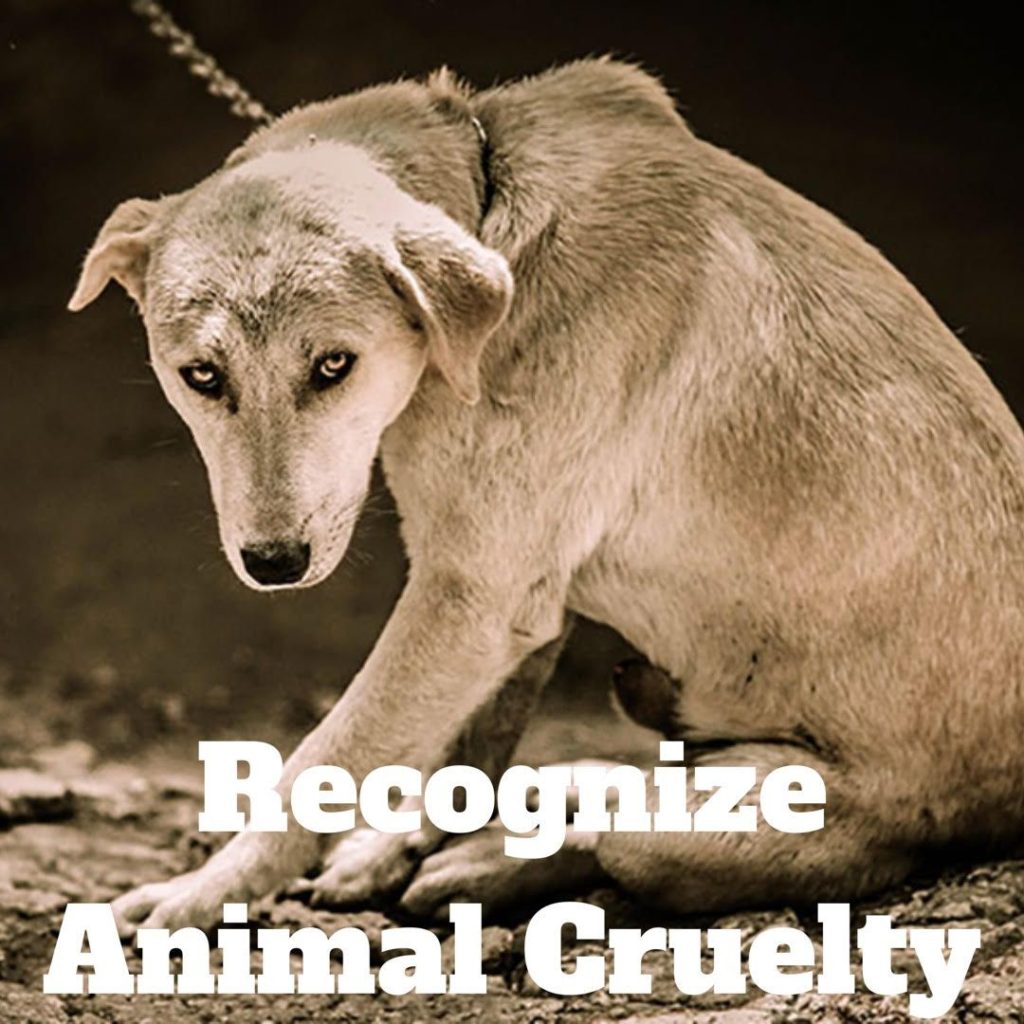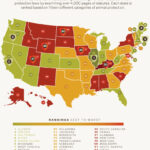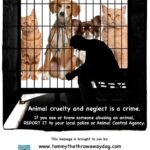Animal cruelty manifests in numerous insidious forms, each posing a unique threat to the well-being of our most vulnerable companions. When we think of cruelty, the image of a cruel and heartless individual beating an innocent creature might spring to mind. However, animal cruelty encompasses a broader spectrum, stretching far beyond the physical manifestation of violence. It is a dark world where neglect and indifference operate in the shadows, often overlooked yet equally damaging.
At its core, animal cruelty can be categorized into various classifications: physical abuse, psychological torment, and neglect, each intertwining like threads in a fabric woven from pain and despair. Understanding these categories allows us to illuminate the darker recesses of animal suffering and advocate for their protection more effectively.
**Physical Abuse** is perhaps the most visible and widely recognized form of cruelty. It embodies the grotesque act of inflicting harm through beating, kicking, or otherwise intentionally inflicting injury. Each strike reverberates like thunder, echoing the anguish of the voiceless. The scars—both visible and invisible—breathe tales of suffering that can haunt both the animal and the witness. Beyond immediate injuries, such brutality can instigate long-term psychological ramifications. An animal subjected to violence may retreat into a shell of fear, its spirit splintered and its trust irreparably damaged.
**Psychological Abuse**, equally pernicious yet often more insidious, encompasses a range of behaviors designed to instill fear and distress. This form of cruelty may not leave visible marks, but its presence lingers like a dark cloud overhead. Acts like constant confinement, intimidation through loud noises or aggressive posturing, and the instillation of fear through neglectful interactions can warp an animal’s psyche. Fearful and anxious animals may develop compulsive behaviors, such as pacing or self-mutilation, demonstrating the profound impact of mental torment. The emotional scars borne from psychological abuse can last a lifetime, affecting not just the immediate day-to-day interactions but also the animal’s entire existence.
**Neglect**, while often overlooked, represents a catastrophic failure to provide basic needs essential for survival. Like a slow, creeping poison, neglect can be less discernible than outright abuse yet equally devastating. This form of cruelty manifests through deprivation—failure to provide adequate food, water, shelter, and medical care. Animals left in unsanitary conditions can develop serious health issues, and their spirits may wither as they languish in the indifference of their caretakers. Dogs tied up outdoors without shelter, cats scavenging for scraps in the alleys, and horses left in dilapidated stables are stark reminders of neglect’s grim reality. A world where companionship turns to desolation mirrors a garden overrun with weeds—beautiful yet utterly neglected.
As we explore the dimensions of animal cruelty, it becomes apparent that these categories often overlap, creating a vortex of suffering that is extreme and multifaceted. An animal may suffer through physical abuse while simultaneously enduring neglect, compounding the heinousness of the situation. This proliferation of cruelty reveals a troubling truth—our society often prioritizes certain forms of suffering while disregarding others, leading to a disparity in advocacy and awareness. This imbalance creates a culture where the cries for help go unanswered, muffled by the noise of indifference.
**Legislation and Cultural Dynamics** play a significant role in shaping our response to animal cruelty. In many regions, laws designed to protect animals are either insufficient or poorly enforced. The cultural narratives surrounding animals influence societal attitudes toward cruelty. In some instances, cultural norms may even condone certain abusive behaviors, perpetuating a cycle of violence and neglect. Such scenarios illustrate the necessity for a concerted effort—advocacy must extend beyond individual cases of cruelty to encompass broader systemic changes. Education and awareness campaigns must enlighten the masses about the true ramifications of cruelty in all its forms.
In our quest for justice and compassion towards animals, we must harness the power of empathy. We must stand as sentinels—guardians of those who cannot voice their suffering. Each act of compassion, each instance of intervention, echoes through the corridors of a society yearning for change. We can forge a collective movement, bolstered by awareness and conviction, that pushes for stronger laws and better education on the ramifications of animal cruelty.
In conclusion, animal cruelty is a multifaceted entity that necessitates our unwavering attention and action. From the bruises resulting from a fist to the silent despair of neglect—each facet diminishes the essence of life itself. To combat this epidemic, we need a harmonious symphony of awareness, action, and advocacy—a comprehensive approach that nurtures compassion and strives to eradicate cruelty in all its forms. Only through collective vigilance can we hope to create a world where animals are free from suffering, able to live in harmony and dignity alongside us.








